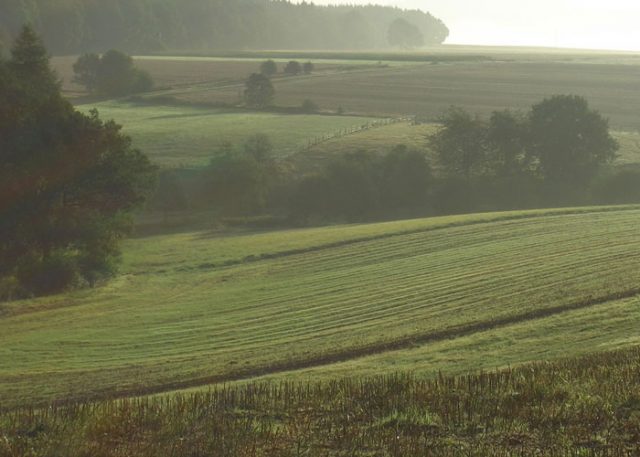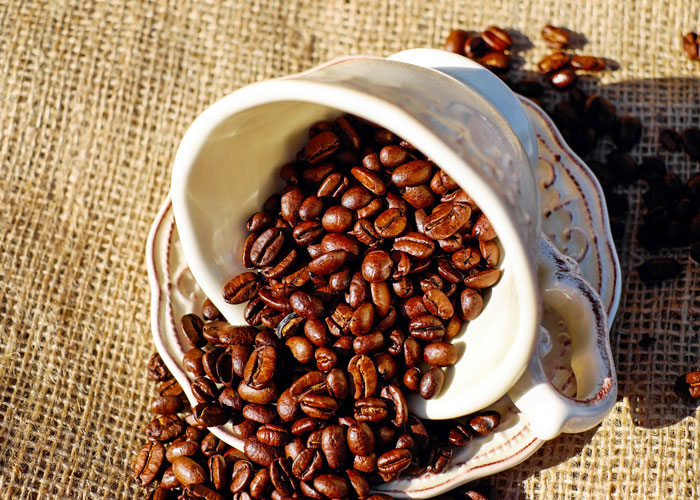Coffee Culture in Vietnam, Indonesia, and other SE Asian Strongholds

Asia is known for producing some of the world’s great and most unique coffees. The taste of Vietnamese or Indonesian coffee, for example, are two flavors that some coffee enthusiasts will travel thousands of miles for. But how exactly are these coffees made? And are there actual differences in the growth or production methods of coffees that are cultivated in Southeast Asia?
Here’s a little more about how Vietnamese, Indonesian and other SE Asian coffees are grown and produced.
Indonesian Coffee
About a third of the world’s coffee is produced in Indonesia. The modern culture of Southeast Asian coffee truly began when the Dutch brought coffee to Java, a part of Indonesia. However, Javanese coffee has undergone many changes since then.
Rust disease devastated the Arabica crop in the 19th century, forcing Javanese coffee farmers to switch to Robusta. In recent years, coffee estates have popped up, using Dutch equipment and methods, to try and bring Java coffee back to its roots. Many of the most famous and coveted Indonesian coffees, like Sumatran and Sulawesi coffee, are produced on small Indonesian farms using the wet hull method called Giling Basah.
In Giling Basah, Indonesian coffee farmers take the outer skin off of the coffee cherries and allow the beans to sit in their mucilage for a day. They then wash off the beans and dry them in the sun to about a third of their moisture; the cherries are then hulled and processed.

Vietnamese Coffee
Some people swear by Vietnamese coffee, and coffee is one of Vietnam’s major export crops, behind only rice. In the early years, plantation farming was how Vietnamese coffee was produced, and after the Communist North won the Vietnam War in the ‘70s, coffee was mostly grown on collective farms.
However, private enterprise reforms in 1986 allowed Vietnam to set up private coffee companies, and they did. This coffee boom made Vietnam the second largest coffee producer in the world, after Brazil.
Vietnamese coffee growers typically develop a number of different varieties in microclimates throughout the distinct regions of Vietnam. Types of coffee beans cultivated in Vietnam include the ever-popular Arabica, as well as Robusta, Chari and Catimor.
Many have noted the similarities between Vietnamese coffee and Louisiana French roast coffee, although Louisiana French Roast contains Chicory and Vietnamese coffee typically does not.
Other Southeast Asian Coffees
Although Indonesia and Vietnam are two of the most well-known areas for coffee production in the Southeast Asia region, coffee is grown and produced all over the continent, in places such as India, where spicy coffees are the norm; Thailand, where coffee culture has truly taken root in the last several years; and Papua New Guinea, where the coffee may have fruitier notes.
Coffee in the region is often produced on small farms with a wet processing method, although not always. If you’ve never tried any of the coffees from this region, you owe yourself to give them a shot. And if you already know you love Sumatran coffee, why not give Javanese coffee or Vietnamese coffee a try? It’s a whole new world of coffee flavors for you to enjoy!
